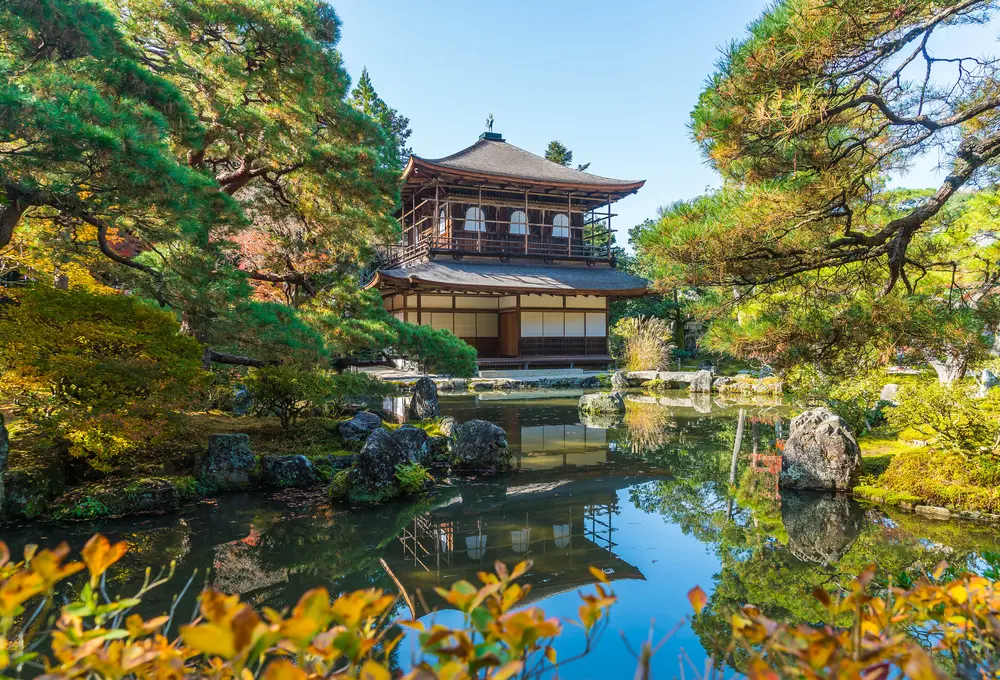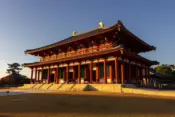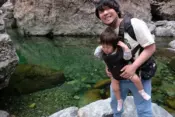Ginkaku-ji Temple: Unveiling the Unexpected Beauty of Kyoto’s Silver Pavilion
Kyoto, Japan’s ancient capital, is home to countless temples, each with its own unique charm. But one temple, in particular, often leaves visitors scratching their heads: Ginkaku-ji, or the Silver Pavilion. Unlike its flashy counterpart, Kinkaku-ji (the Golden Pavilion), Ginkaku-ji is surprisingly understated. When I first visited, I have to admit, I was a bit underwhelmed. I had envisioned a gleaming silver structure, but instead, I found a simple, unadorned wooden building.
But as I delved deeper into the temple’s history and meaning, I realized that its beauty lies not in ostentatious displays of wealth, but in its simplicity, tranquility, and profound connection to nature. So, if you’re expecting a blinged-out silver palace, prepare to be surprised. Ginkaku-ji is a different kind of beauty altogether.
- The History of Ginkaku-ji: From Shogun’s Villa to Zen Temple
- The Architecture of Ginkaku-ji: An Ode to Simplicity and Nature
- The Gardens of Ginkaku-ji: A Stroll Through Zen Landscapes
- Ginkaku-ji’s Hidden Gems: Beyond the Silver Pavilion
- Practical Information for Visiting Ginkaku-ji Temple: Plan Your Trip
- Conclusion: Ginkaku-ji Awaits Your Discovery
The History of Ginkaku-ji: From Shogun’s Villa to Zen Temple
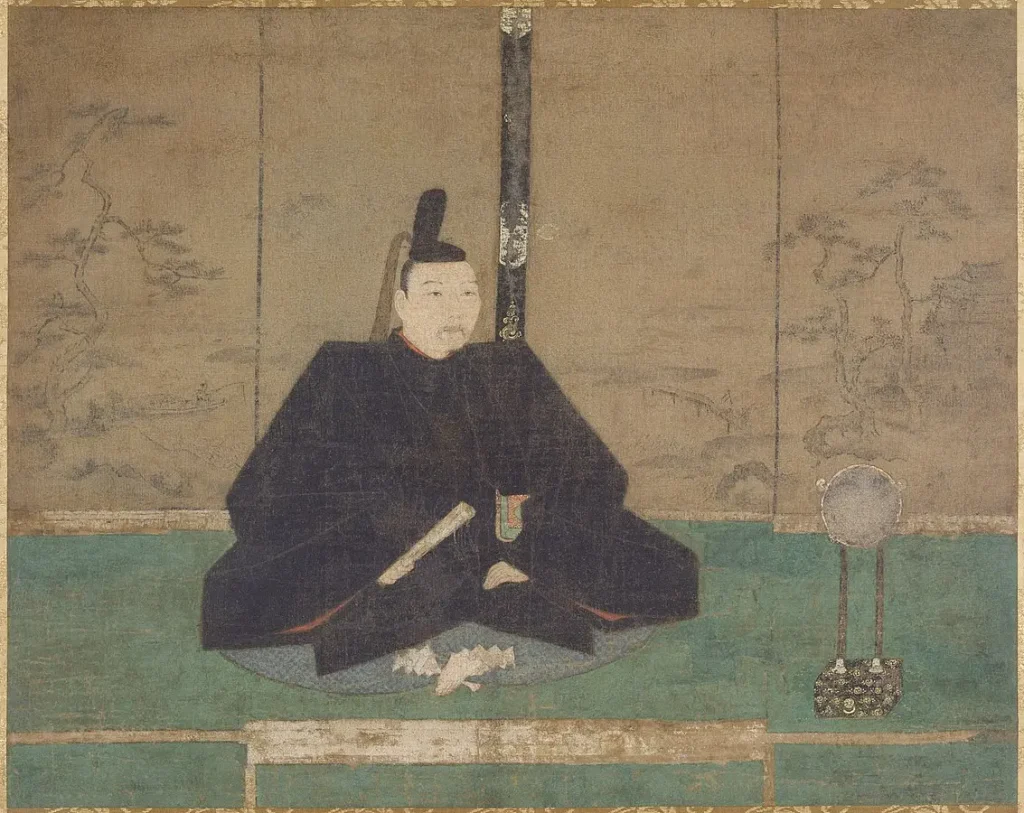
Ginkaku-ji’s story begins in the 15th century with shogun Ashikaga Yoshimasa. After years of political turmoil, Yoshimasa sought solace in the eastern hills of Kyoto, where he built a retirement villa. This villa, inspired by the opulent Kinkaku-ji built by his grandfather, was intended to be a place of peace and reflection.
However, Yoshimasa’s plans for a silver-covered pavilion never came to fruition. Some say it was due to a lack of funds, while others believe he had a change of heart, opting for a more subdued aesthetic. Whatever the reason, the temple we see today is a testament to the wabi-sabi philosophy, which embraces imperfection and impermanence.
Learning about this history in school completely changed my perspective on Ginkaku-ji. It wasn’t a “name-fail” as I had initially thought, but a deliberate choice that reflected the changing times and Yoshimasa’s evolving worldview.
The Architecture of Ginkaku-ji: An Ode to Simplicity and Nature
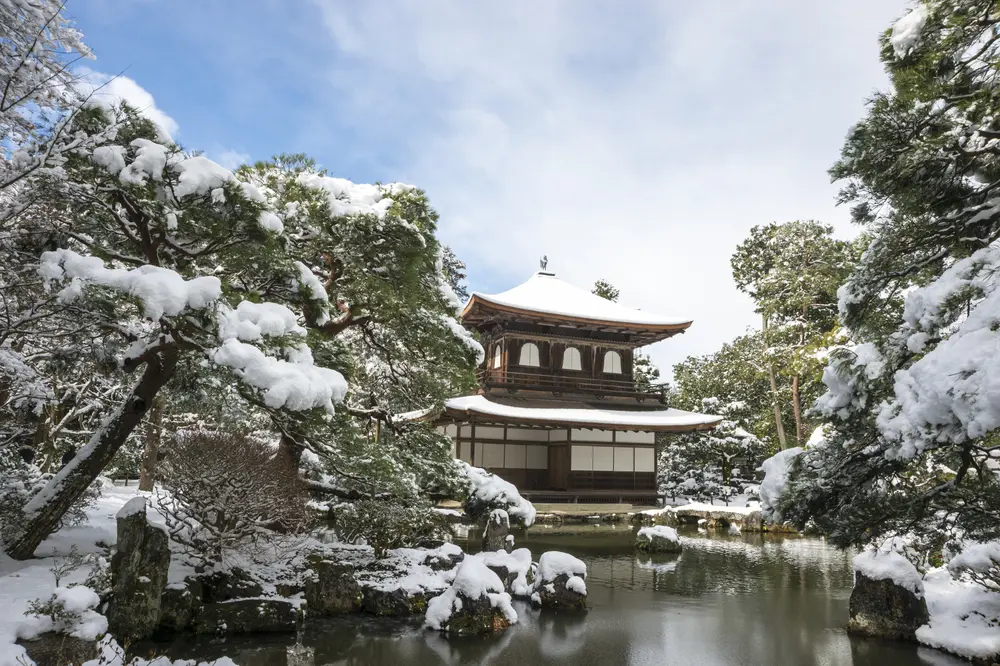
The main hall, Kannon-den, is a prime example of this understated elegance. Its simple wooden structure and unadorned walls create a sense of calm and serenity. The Togudo, a two-story building with a thatched roof, is another architectural gem. Its unique design, combining elements of residential and religious architecture, reflects the Higashiyama culture’s emphasis on blending art and nature.

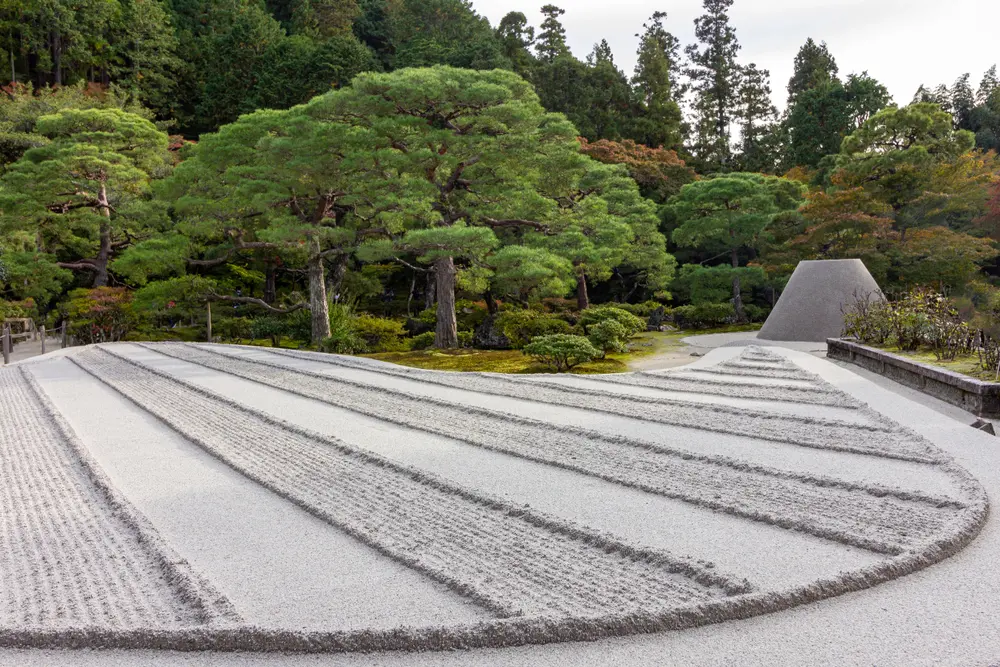
But perhaps the most striking feature of Ginkaku-ji is its gardens. The Silver Sand Garden, or Kogetsudai, is a mesmerizing expanse of raked white sand that evokes images of the moon reflecting on water. It’s a place of quiet contemplation and a reminder of the impermanence of all things.
The Gardens of Ginkaku-ji: A Stroll Through Zen Landscapes
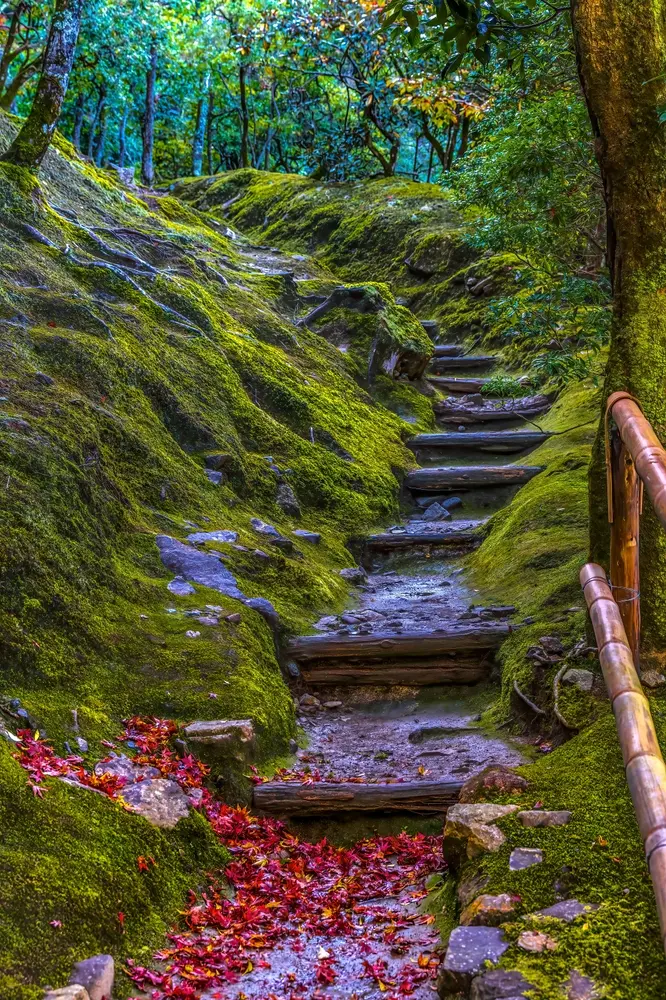
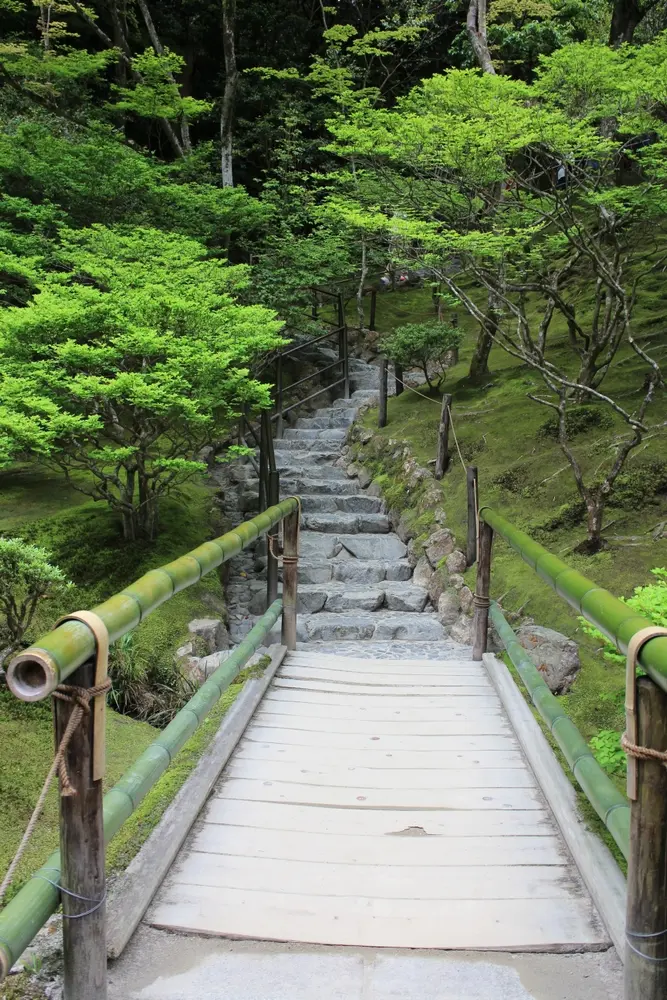
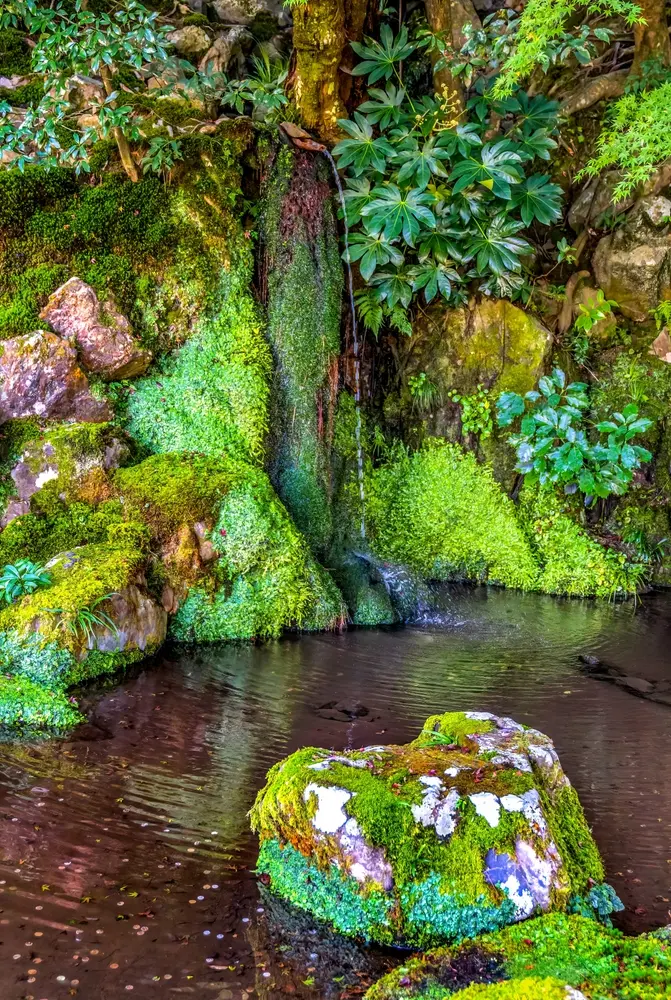
The Moss Garden, with its lush green carpet of moss and carefully placed rocks, is another masterpiece of Japanese garden design. It’s a place to slow down, breathe deep, and appreciate the simple beauty of nature.
Both gardens are designed to encourage mindfulness and meditation, reflecting the Zen Buddhist principles that underpin Ginkaku-ji’s philosophy.
Ginkaku-ji’s Hidden Gems: Beyond the Silver Pavilion
While the Silver Pavilion (Ginshaden) is undoubtedly the star attraction, there are other hidden gems to discover within the temple complex. The Chado (Tea Ceremony) House, for example, offers a glimpse into the refined world of Japanese tea culture. The Tōgu-dō (East Seeking Hall), with its unique architectural style and stunning views of the surrounding landscape, is another must-see.
Take your time to explore these lesser-known spots and you’ll be rewarded with a deeper appreciation of Ginkaku-ji’s rich history and cultural significance.
Practical Information for Visiting Ginkaku-ji Temple: Plan Your Trip
- Hours: Open daily from 8:30 am to 5:00 pm (9:00 am to 4:30 pm from December to February).
- Admission: 500 yen
- Access:
- By bus: Take Kyoto City Bus #100 or #203 from Kyoto Station to “Ginkakuji-mae” stop.
- By subway: Take the Tozai Line to Higashiyama Station, then walk about 15 minutes.
Tips:
- Best time to visit: Early morning or late afternoon to avoid crowds.
- Photography: Allowed in most areas, but be respectful of others.
- Dress code: No strict dress code, but modest attire is recommended.
Conclusion: Ginkaku-ji Awaits Your Discovery
Ginkaku-ji Temple may not be what you expect, but that’s precisely what makes it so special. Its understated elegance, tranquil gardens, and rich history offer a unique and unforgettable experience. So, leave your preconceived notions at the door and allow yourself to be captivated by the unexpected beauty of Kyoto’s Silver Pavilion.
Reviews from Visitors
There are no reviews yet. Be the first one to write one.
